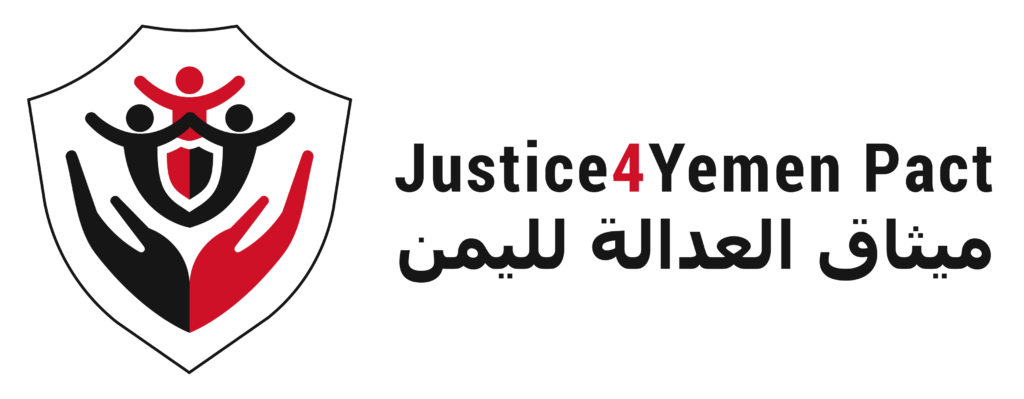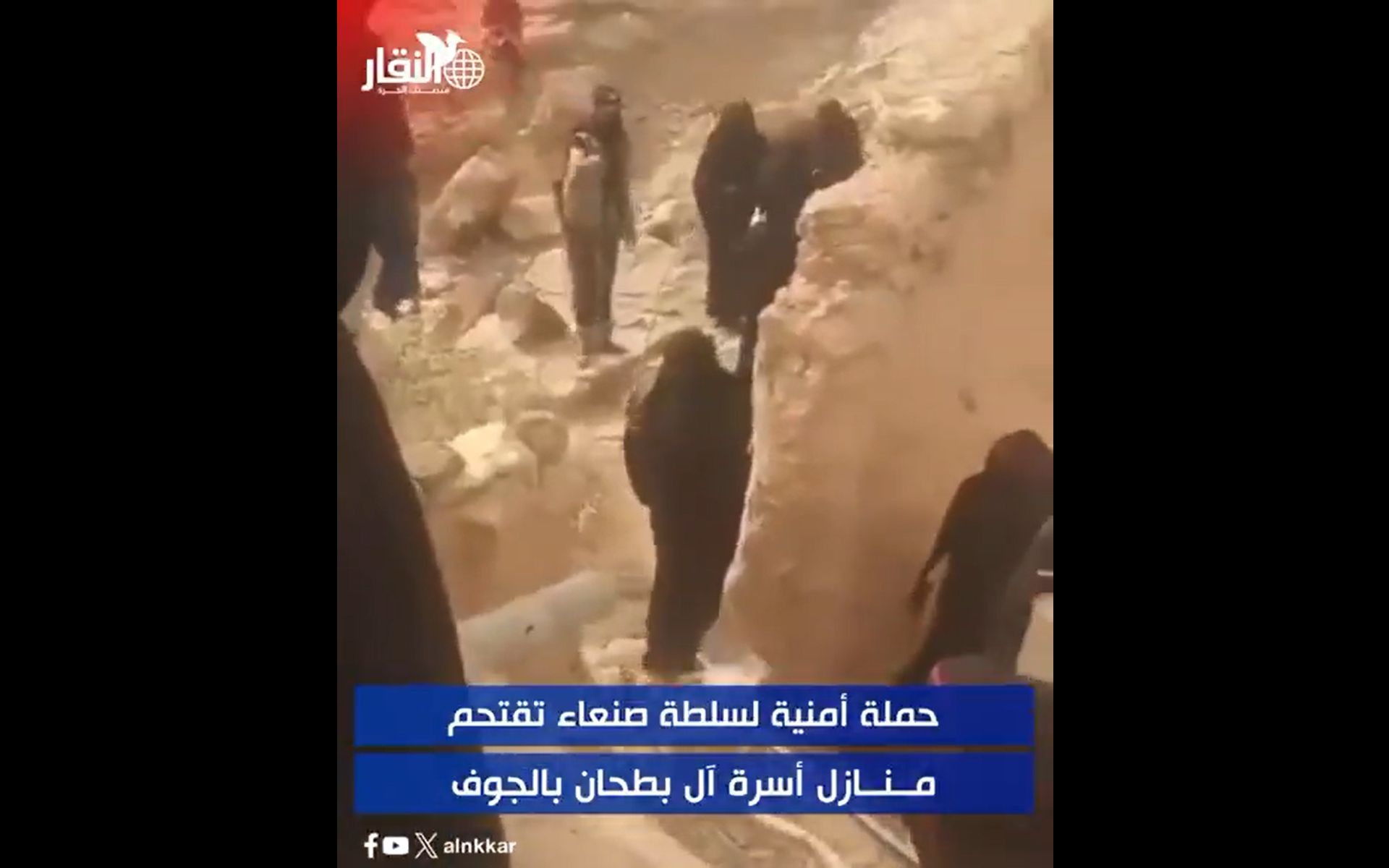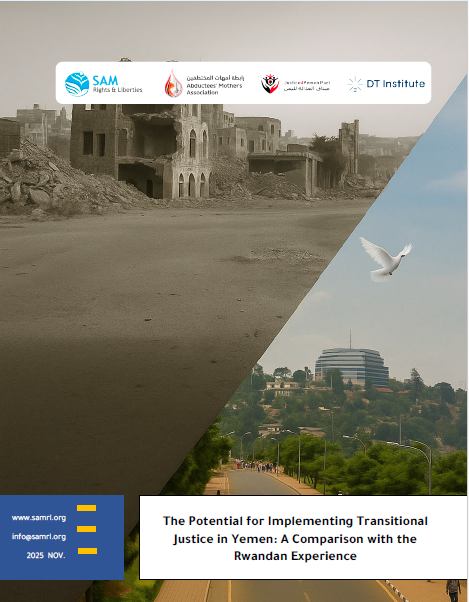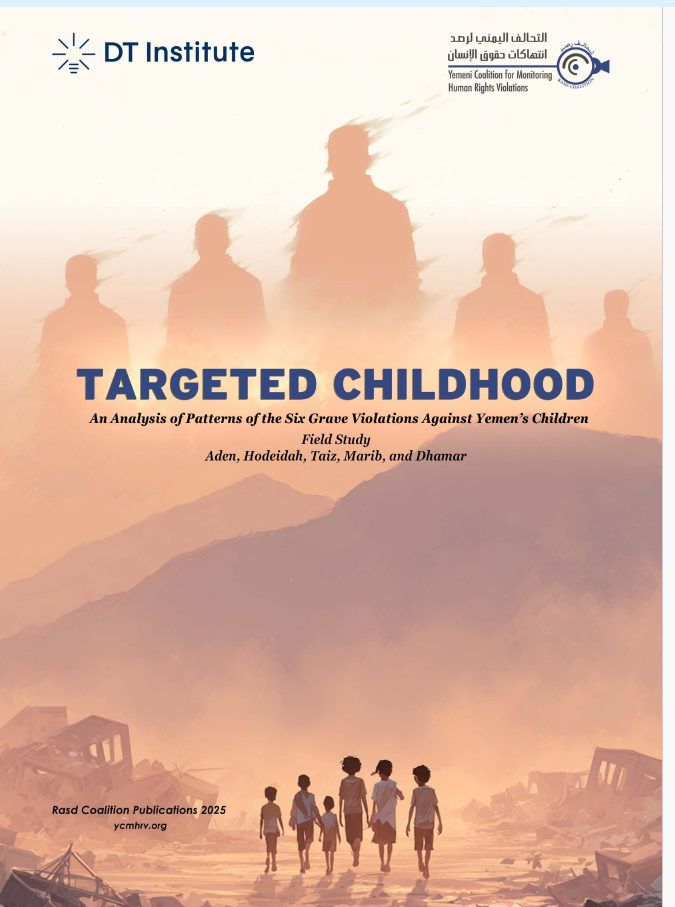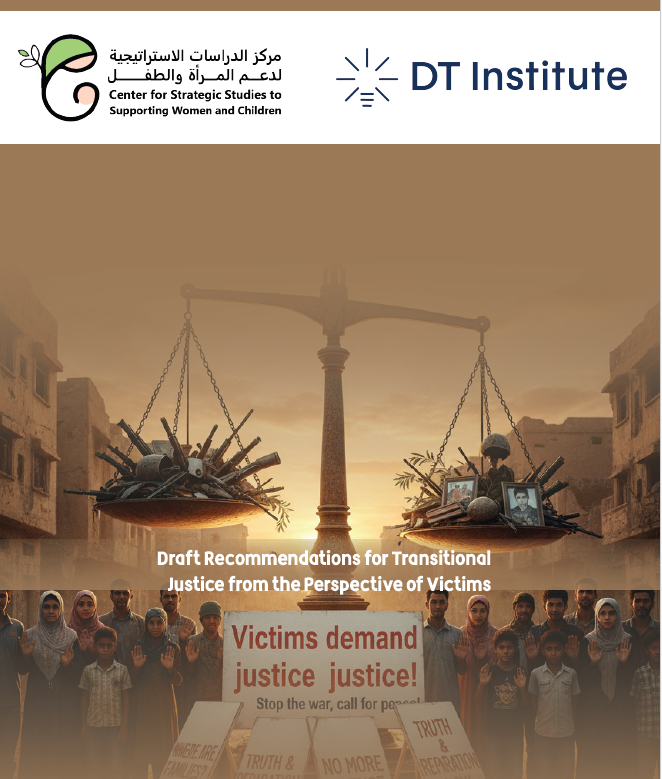Disinformation Story: The Children of the Aal Bathan Family in Al-Jouf — Victims of Houthi Violence and Defamation
| Incident: | Assault and detention of children from the Aal Batḥān family |
| Date: | July 28, 2025 |
| Location: | Al-Jaljala village, Al-Sha‘rā subdistrict, Kharab Al-Maraashi district, Al-Jouf Governorate (under Houthi control) |
| Type of Violation: | Physical assault and disinformation campaign |
Introduction:
The painful screams and the sound of their home being stormed in Al-Jaljala village were just the beginning of the nightmare Aal Batḥān family faced on July 28, 2025. What followed was a brutal attack by armed Houthi forces targeting their children—an act captured in a harrowing video. But as the family recovered from physical trauma, they became victims of a second assault—this time online: a sophisticated disinformation campaign aimed at erasing the truth and blaming the victims.
The video, widely circulated on social media, leaves no room for doubt. It shows armed Houthi militants violently assaulting a young boy, while a terrified girl stands frozen nearby. Another video reveals additional details about the incident. Local sources confirmed to researchers from “Rasd Coalition” that the militias forcibly entered homes, vandalized property, and subjected women to degrading searches—leaving children in psychological shock.
According to consistent local accounts, the raid stemmed from a land dispute between Ali Ahmad Batḥān—whose children were assaulted—and another resident. The raid reportedly took place under the supervision of the district’s security chief (R.M.).
But the story didn’t end here. Almost immediately, a coordinated network of pro-Houthi activists and social media accounts launched an aggressive campaign to distort the narrative. What began as a local abuse incident morphed into a pattern of systematic impunity.
A Multi-Pronged Disinformation Strategy
The disinformation strategy employed in this case was multifaceted. In addition to twisting and reversing the narrative, the group deployed tactics to smear the victims—including the child—and used outdated documents to falsely legitimize the assault.
- Narrative Reversal: Accounts and platforms, including one called Fatabayyanu, falsely claimed that the women in the video were “police officers” conducting a security operation. This was a blatant fabrication. The footage clearly shows Houthi soldiers assaulting a child and terrorizing women from Aal Batḥān family.
- Smear Tactics: Anyone who shared or engaged with the original video was attacked and labeled a “mercenary” or “Zionist agent”—a common Houthi tactic to silence critics and deflect attention from their actions.
- Use of Outdated Documents: A prominent Houthi commander in Al-Jouf, known as Abu Ṣāliḥ, attempted to justify the assault by presenting judicial warrants dated August 2024—one year before the incident. This brazen attempt to use old paperwork to rationalize a violent raid a year later reflects a flagrant disregard for law and public awareness.
No Escape
The family and local community saw through these tactics. In reactions documented by Rasd Coalition, family members such as Ḥamūd Muḥammad Batḥān and Yaḥyā Ḥamīd Batḥān rejected the security chief’s justifications, calling them “unconvincing,” “racist,” and driven by “favoritism.” They clarified that the old case had been suspended by the prosecution, exposing the Houthi narrative as a fabricated one.
A Rasd Coalition researcher verified the circulated videos through reverse image search and geolocation, confirming their authenticity and origin. The terrain features and traditional clothing of the women matched the region. Ironically, the same videos were shared—maliciously—by the Houthi commander himself as “evidence” of a police operation, inadvertently validating the footage that incriminates his own forces.
A Chilling Pattern
This incident in Al-Jouf is a stark example of a disturbing trend. Children in Yemen are not only victims of physical violence—they are also casualties of a ruthless information war. The Houthi group not only commits violations; it actively constructs a distorted reality to evade accountability. This dual assault—physical and personal—is a deliberate strategy that exploits civilian suffering, weaponizes old disputes, and manipulates public perception to obscure crimes against the most vulnerable.
The international community and human rights organizations must look beyond the disinformation. Yemen’s children deserve protection—not to be used as pawns in a brutal game of violence and lies.
Conclusion
The assault on Aal-Batḥān children is a microcosm of a broader, more insidious strategy employed by the Houthi group. It reveals a systematic pattern where grave physical violations are paired with advanced narrative distortion. This is not merely a case of “covering up” a crime—it is a method of governance through fear and misinformation, designed to dismantle community solidarity and paralyze accountability mechanisms.
In Houthi-controlled areas, propaganda and brute force replace the rule of law, creating an environment where victims are violated twice—first through violence, then through defamation.
The observed disinformation tactics—rebranding perpetrators as police, reviving irrelevant documents, and framing dissent as a foreign conspiracy—are not random reactions. They form a premeditated playbook. This playbook weaponizes information itself, attacking the very concept of objective truth, which is the foundation of justice and human rights defense.
By flooding the information space with contradictory and false narratives, the aim is to sow enough confusion to deter scrutiny and absolve themselves in the eyes of both local and international audiences.
This dual-pronged assault has devastating consequences. It deepens the trauma for victims whose suffering is denied and inverted, and it directly undermines the work of human rights defenders and journalists who are vilified simply for doing their jobs.
The international community—including the United Nations and relevant human rights bodies—must recognize this misuse of the digital dimension of the conflict. They must develop more sophisticated mechanisms to document and counter disinformation campaigns swiftly, treating them as integral to the violation itself, and demand accountability for both the physical violence and the efforts to conceal it. Yemen’s children deserve protection—from bombs and bullets, and equally from the lies that seek to erase their pain.

